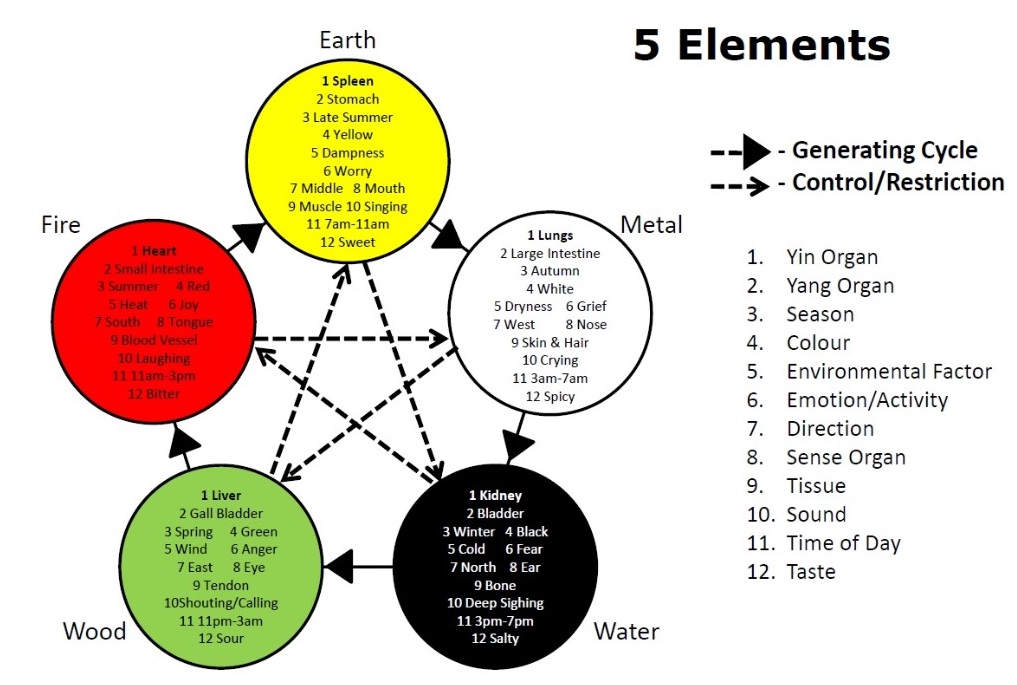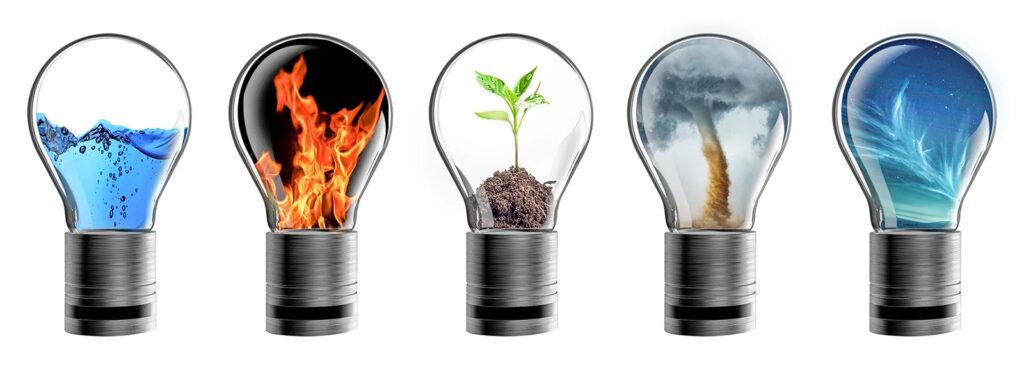In the realm of holistic healthcare, the concept of diagnosing patients extends beyond the physical symptoms they present. It delves into understanding the intricate balance of mind, body, and spirit. Ancient healing traditions such as Ayurveda and Traditional Chinese Medicine (TCM), emphasize the interconnections of humans with the natural world, often referring to the fundamental elements: earth, water, fire, air, and ether. Exploring the role of these elements in diagnosing patients holistically opens doors to a deeper understanding of health and wellness.

Earth: Stability and Grounding
The element of earth embodies stability, grounding, and nourishment. In holistic diagnosis, individuals with a predominant earth element tend to exhibit qualities of stability, practicality, and a strong connection to the physical world. Physically, they may have a sturdy build, strong bones, and a tendency towards weight gain or retention.
From a holistic perspective, an excess of earth element may manifest as stagnation, leading to conditions such as lethargy, digestive issues, or stubbornness. Conversely, a deficiency in the earth element may result in feelings of insecurity, instability, or difficulty in maintaining boundaries.
Water: Fluidity and Adaptability
Water symbolizes fluidity, adaptability, and emotional depth. Those with a dominant water element are often intuitive, empathetic, and deeply connected to their emotions. Physically, they may have soft, rounded features, and a tendency towards retaining fluids or experiencing hormonal imbalances.
An excess of water element may manifest as emotional overwhelm, moodiness, or issues related to fluid retention such as edema or congestion. On the other hand, a deficiency in the water element could lead to emotional rigidity, a fear of change, or a lack of emotional depth.
Fire: Vitality and Transformation
Fire represents vitality, transformation, and passion. Individuals with a strong fire element are often charismatic, driven, and full of creative energy. Physically, they may have a strong metabolism, a tendency towards inflammation or overheating, and a vibrant complexion.
An excess of fire element may result in issues such as inflammation, irritability, or burnout. Conversely, a deficiency in the fire element could lead to feelings of apathy, lack of motivation, or digestive issues related to poor metabolism.
Air: Freedom and Communication
Air symbolizes freedom, communication, and intellect. Those with a predominant air element are often analytical, communicative, and prone to overthinking. Physically, they may have a slender build, delicate features, and a tendency towards dryness or respiratory issues.
Excess air element may manifest as anxiety, restlessness, or difficulty in focusing. Conversely, a deficiency in the air element could lead to feelings of stagnation, communication barriers, or a lack of mental clarity.
Ether (Space): Connection and Expansion
Ether, or space, represents connection, expansion, and the infinite possibilities of existence. It is the subtlest of the elements, pervading all aspects of creation. Individuals with a strong ether element are often spiritually attuned, imaginative, and open-minded. Physically, they may have a tall or lanky stature, and a tendency towards spaciness or forgetfulness.
An excess of ether element may lead to feelings of disconnection, spaciness, or a lack of grounding. Conversely, a deficiency in the ether element could result in a fear of the unknown, resistance to change, or a feeling of being confined by limitations.
Holistic Diagnosis through Elemental Balance:
In holistic healthcare practices such as Ayurveda and TCM, diagnosis involves assessing the balance of these elemental energies within an individual. Practitioners observe physical symptoms, emotional patterns, and lifestyle habits to determine which elements are in excess or deficiency. Through this understanding, they tailor treatment plans to restore harmony and balance to the body, mind, and spirit.
For example, a person exhibiting symptoms of inflammation, irritability, and digestive issues may be diagnosed with an excess of fire element. Treatment may involve cooling herbs, anti-inflammatory diet modifications, and practices to calm the mind such as meditation or yoga.
Similarly, someone experiencing feelings of emotional overwhelm, fluid retention, and lack of motivation may be diagnosed with an excess of water element. Treatment may involve emotional release techniques, herbal diuretics, and practices to ignite passion and vitality such as dance or creative expression.
Conclusion:
Understanding the role of the five elements in diagnosing patients holistically offers a comprehensive approach to healthcare that addresses the root causes of imbalance rather than merely treating symptoms. By recognizing the interconnections of humans with the natural world, practitioners can empower individuals to achieve optimal health and wellness on all levels – physical, emotional, mental, and spiritual. Embracing the wisdom of the elements allows us to cultivate harmony, vitality, and wholeness in our lives, fostering a deeper connection to ourselves and the world around us.
-Written by Division of Research and Development, Neubotz Technologies, for Nadifit.



